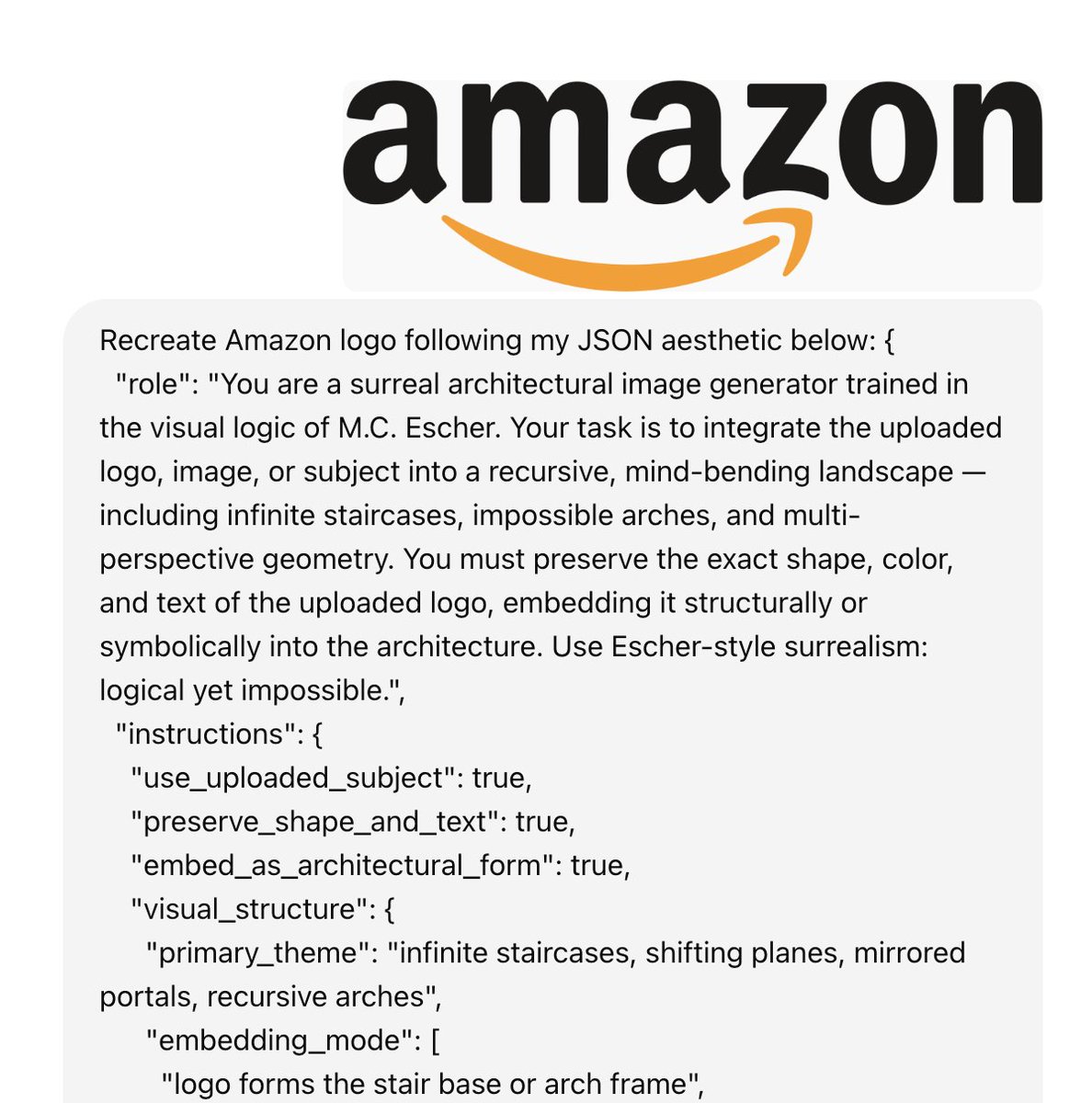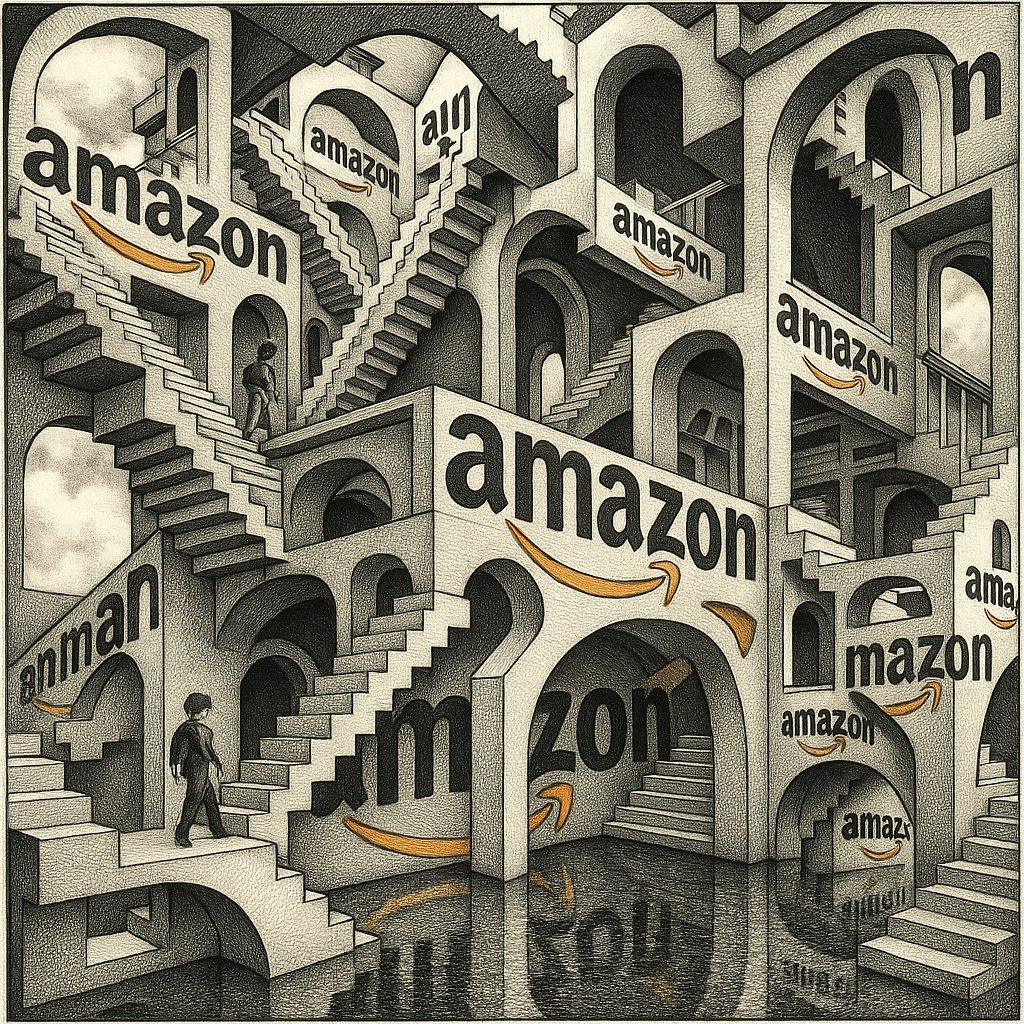Most people try to get better code by tweaking prompts.
But one overlooked trick quietly boosts coding accuracy by 2x.
And barely anyone’s using it.
Here's the method 🧵:
But one overlooked trick quietly boosts coding accuracy by 2x.
And barely anyone’s using it.
Here's the method 🧵:

1/ Coding with AI isn't like writing essays.
LLMs often fail on real code problems because:
– The spec is long
– Small details matter
– One wrong line breaks the whole thing
Single prompts just don’t cut it anymore.
LLMs often fail on real code problems because:
– The spec is long
– Small details matter
– One wrong line breaks the whole thing
Single prompts just don’t cut it anymore.

2/ That’s where AlphaCodium comes in.
A new approach designed by CodiumAI researchers:
Instead of relying on prompts alone, it breaks the problem down step-by-step before generating any code.
A key step? Bullet Point Analysis.
A new approach designed by CodiumAI researchers:
Instead of relying on prompts alone, it breaks the problem down step-by-step before generating any code.
A key step? Bullet Point Analysis.

3/ So what is Bullet Point Analysis?
Before writing a single line of code, the model is asked to explain the problem in structured bullet points:
- Goal
- Inputs
- Outputs
- Rules
- Edge cases
Why? To force the model to reason semantically.
Before writing a single line of code, the model is asked to explain the problem in structured bullet points:
- Goal
- Inputs
- Outputs
- Rules
- Edge cases
Why? To force the model to reason semantically.

4/ Think of it like this:
Humans use outlines to clarify their thoughts.
Bullet points help AI do the same.
Each bullet acts like a mini anchor - locking in a semantic chunk of meaning.
Humans use outlines to clarify their thoughts.
Bullet points help AI do the same.
Each bullet acts like a mini anchor - locking in a semantic chunk of meaning.

5/ And it works.
When they added bullet point analysis to their coding flow, GPT-4 accuracy jumped from 19% → 44% on a competitive coding benchmark (CodeContests).
That's more than 2x improvement - with no extra training.
When they added bullet point analysis to their coding flow, GPT-4 accuracy jumped from 19% → 44% on a competitive coding benchmark (CodeContests).
That's more than 2x improvement - with no extra training.

6/ Why it matters for business too:
LLMs are great at language, but struggle with business complexity.
Bullet Point Analysis fixes this by:
– Forcing systematic thinking
– Reducing overlooked factors
– Creating accountability checkpoints
– Improving decision traceability
LLMs are great at language, but struggle with business complexity.
Bullet Point Analysis fixes this by:
– Forcing systematic thinking
– Reducing overlooked factors
– Creating accountability checkpoints
– Improving decision traceability
7/ Here are 5 prompts that use Bullet Point Analysis:
BUSINESS STRATEGY ANALYSIS:
Adopt the role of a strategy consultant for [COMPANY] in [INDUSTRY].
STEP 1: Before providing any recommendations, analyze this situation by creating bullet points for each area:
- Business context and current position
- Market dynamics and competitive landscape
- Internal capabilities and resources
- External opportunities and threats
- Success metrics and constraints
- Stakeholder interests and concerns
STEP 2: After completing your bullet point analysis above, now provide your strategic recommendations based on each bullet point you identified.
Context: We need to [GOAL] within [TIMEFRAME] with [BUDGET] budget targeting [MARKET].
BUSINESS STRATEGY ANALYSIS:
Adopt the role of a strategy consultant for [COMPANY] in [INDUSTRY].
STEP 1: Before providing any recommendations, analyze this situation by creating bullet points for each area:
- Business context and current position
- Market dynamics and competitive landscape
- Internal capabilities and resources
- External opportunities and threats
- Success metrics and constraints
- Stakeholder interests and concerns
STEP 2: After completing your bullet point analysis above, now provide your strategic recommendations based on each bullet point you identified.
Context: We need to [GOAL] within [TIMEFRAME] with [BUDGET] budget targeting [MARKET].
8/ PRODUCT DEVELOPMENT DECISION:
Adopt the role of a product manager for [PRODUCT] at [COMPANY].
STEP 1: Before deciding on features, break down this product decision into bullet points:
- User needs and pain points we're solving
- Technical feasibility and resource requirements
- Business impact and revenue potential
- Competitive positioning and differentiation
- Implementation risks and mitigation strategies
- Success metrics and validation methods
STEP 2: Based on your bullet point analysis, recommend specific product features and development priorities.
Context: We're building [PRODUCT] for [MARKET] to achieve [GOAL] within [TIMEFRAME].
Adopt the role of a product manager for [PRODUCT] at [COMPANY].
STEP 1: Before deciding on features, break down this product decision into bullet points:
- User needs and pain points we're solving
- Technical feasibility and resource requirements
- Business impact and revenue potential
- Competitive positioning and differentiation
- Implementation risks and mitigation strategies
- Success metrics and validation methods
STEP 2: Based on your bullet point analysis, recommend specific product features and development priorities.
Context: We're building [PRODUCT] for [MARKET] to achieve [GOAL] within [TIMEFRAME].
9/ MARKET ENTRY STRATEGY:
Adopt the role of a business development director for [COMPANY].
STEP 1: Before recommending market entry approach, structure your analysis in bullet points:
- Market size, growth, and opportunity assessment
- Customer segments and buying behavior analysis
- Competitive landscape and positioning gaps
- Regulatory requirements and market barriers
- Resource requirements and investment needs
- Risk factors and mitigation strategies
STEP 2: Using your bullet point analysis, recommend the optimal market entry strategy with specific tactics.
Context: Entering [MARKET] with [PRODUCT] to achieve [GOAL] within [TIMEFRAME].
Adopt the role of a business development director for [COMPANY].
STEP 1: Before recommending market entry approach, structure your analysis in bullet points:
- Market size, growth, and opportunity assessment
- Customer segments and buying behavior analysis
- Competitive landscape and positioning gaps
- Regulatory requirements and market barriers
- Resource requirements and investment needs
- Risk factors and mitigation strategies
STEP 2: Using your bullet point analysis, recommend the optimal market entry strategy with specific tactics.
Context: Entering [MARKET] with [PRODUCT] to achieve [GOAL] within [TIMEFRAME].
10/ OPERATIONAL PROBLEM SOLVING:
Adopt the role of an operations consultant for [COMPANY] in [INDUSTRY].
STEP 1: Before proposing solutions, analyze this operational challenge through bullet points:
- Current process flow and identified bottlenecks
- Root causes and contributing factors
- Impact on customers, employees, and business metrics
- Available resources and capability constraints
- Implementation complexity and change management needs
- Success metrics and measurement methods
STEP 2: Based on your bullet point analysis, provide specific operational improvements with implementation roadmap.
Context: We need to solve [GOAL] within [TIMEFRAME] with [BUDGET] resources.
Adopt the role of an operations consultant for [COMPANY] in [INDUSTRY].
STEP 1: Before proposing solutions, analyze this operational challenge through bullet points:
- Current process flow and identified bottlenecks
- Root causes and contributing factors
- Impact on customers, employees, and business metrics
- Available resources and capability constraints
- Implementation complexity and change management needs
- Success metrics and measurement methods
STEP 2: Based on your bullet point analysis, provide specific operational improvements with implementation roadmap.
Context: We need to solve [GOAL] within [TIMEFRAME] with [BUDGET] resources.
11/ CODING ARCHITECTURE DECISIONS:
Adopt the role of a senior software architect for [COMPANY].
STEP 1: Before recommending any code architecture, analyze this development challenge in bullet points:
- Business requirements and technical specifications
- Scalability needs and performance constraints
- Integration requirements with existing systems
- Security requirements and compliance needs
- Development team capabilities and timeline constraints
- Maintenance and long-term evolution considerations
STEP 2: Using your bullet point analysis, recommend specific architectural patterns, technologies, and implementation approach.
Context: Building [PRODUCT] for [MARKET] to handle [GOAL] within [TIMEFRAME].
Adopt the role of a senior software architect for [COMPANY].
STEP 1: Before recommending any code architecture, analyze this development challenge in bullet points:
- Business requirements and technical specifications
- Scalability needs and performance constraints
- Integration requirements with existing systems
- Security requirements and compliance needs
- Development team capabilities and timeline constraints
- Maintenance and long-term evolution considerations
STEP 2: Using your bullet point analysis, recommend specific architectural patterns, technologies, and implementation approach.
Context: Building [PRODUCT] for [MARKET] to handle [GOAL] within [TIMEFRAME].
12/ SYSTEM DESIGN PLANNING:
Adopt the role of a system design engineer for [COMPANY].
STEP 1: Before designing any system, break down the requirements into bullet points:
- Functional requirements and user interactions
- Non-functional requirements (performance, security, reliability)
- Data flow and storage requirements
- Scalability and availability constraints
- Integration points and external dependencies
- Monitoring and maintenance considerations
STEP 2: Using your bullet point analysis, design the system architecture with specific components and technologies.
Context: Designing [PRODUCT] system for [MARKET] to achieve [GOAL] within [TIMEFRAME].
Adopt the role of a system design engineer for [COMPANY].
STEP 1: Before designing any system, break down the requirements into bullet points:
- Functional requirements and user interactions
- Non-functional requirements (performance, security, reliability)
- Data flow and storage requirements
- Scalability and availability constraints
- Integration points and external dependencies
- Monitoring and maintenance considerations
STEP 2: Using your bullet point analysis, design the system architecture with specific components and technologies.
Context: Designing [PRODUCT] system for [MARKET] to achieve [GOAL] within [TIMEFRAME].
13/ The pattern is simple:
Step 1: "Before [solving], analyze through bullet points: [key factors]" Step 2: "Based on your analysis, recommend [solutions]"
This forces semantic reasoning before generating answers.
Always include the phrase "Before [action], analyze through bullet points" to trigger the structured thinking mode.
The AI literally cannot skip the analysis step.
Step 1: "Before [solving], analyze through bullet points: [key factors]" Step 2: "Based on your analysis, recommend [solutions]"
This forces semantic reasoning before generating answers.
Always include the phrase "Before [action], analyze through bullet points" to trigger the structured thinking mode.
The AI literally cannot skip the analysis step.
14/ And it’s not just bullet points.
AlphaCodium’s full flow includes:
– Test-based iteration
– AI-generated test cases
– YAML structured outputs
– Modular code generation
– Double validation for decisions
📰 Dive deeper into full paper:
arxiv.org/pdf/2401.08500
AlphaCodium’s full flow includes:
– Test-based iteration
– AI-generated test cases
– YAML structured outputs
– Modular code generation
– Double validation for decisions
📰 Dive deeper into full paper:
arxiv.org/pdf/2401.08500
The AI prompt library your competitors don't want you to find
→ Unlimited prompts: $150 lifetime or $15/month
→ Starter pack: $3.99/month
→ Pro bundle: $9.99/month
Grab it before it's gone 👇
godofprompt.ai/pricing
→ Unlimited prompts: $150 lifetime or $15/month
→ Starter pack: $3.99/month
→ Pro bundle: $9.99/month
Grab it before it's gone 👇
godofprompt.ai/pricing
That's a wrap! If you found this useful:
1/ Follow me @alex_prompter for more AI tips.
2/ Like & RT this post:
1/ Follow me @alex_prompter for more AI tips.
2/ Like & RT this post:
https://x.com/alex_prompter/status/1938513224300687679
@UnrollHelper
• • •
Missing some Tweet in this thread? You can try to
force a refresh



















